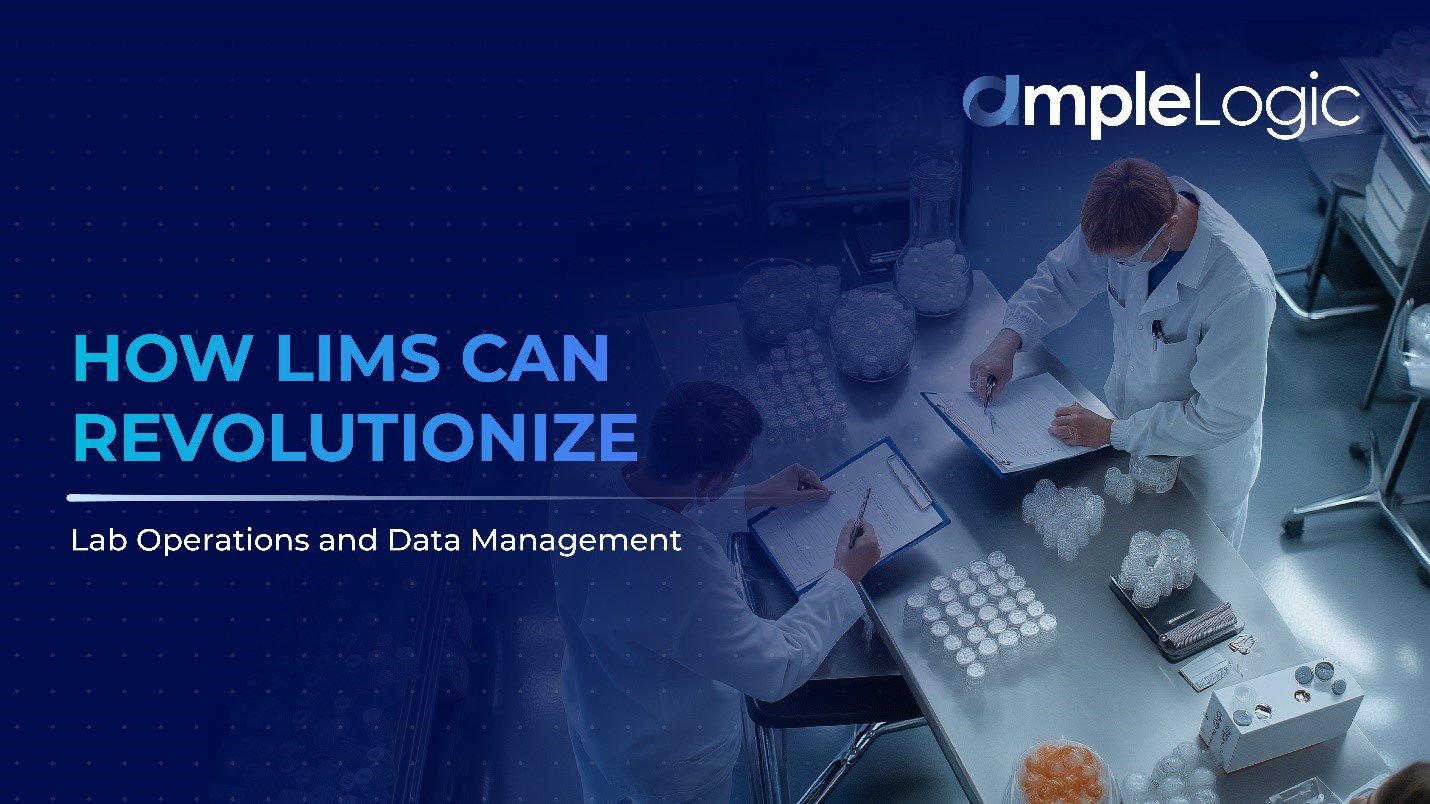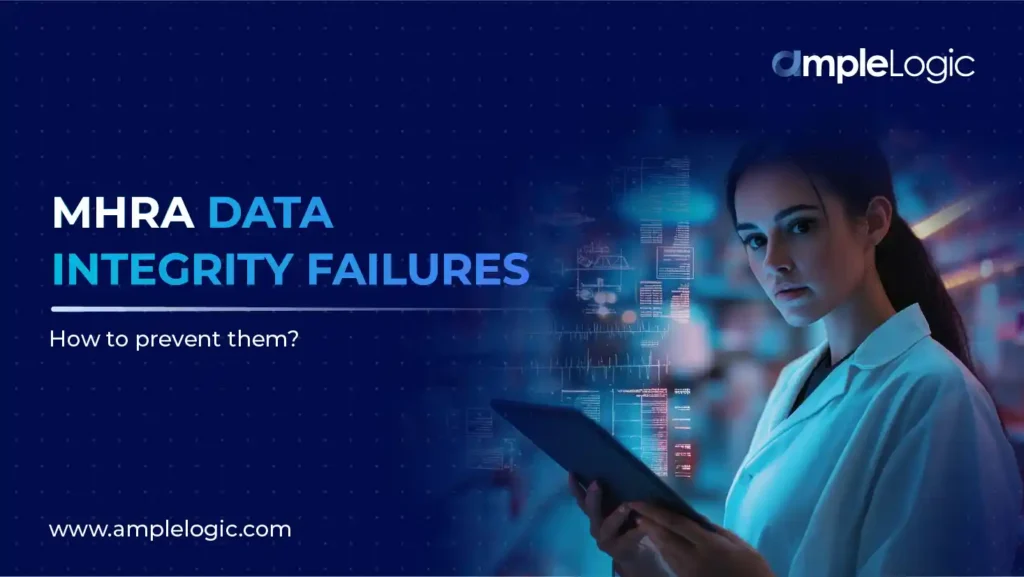
In the rapidly evolving landscape of laboratory operations, precision, compliance, and efficient data handling is paramount. Laboratories deal with increasing data volumes, stringent regulatory standards, and complex workflows requiring advanced technological solutions to stay competitive. A Laboratory Information Management System (LIMS) is at the forefront of this revolution, providing a digital platform to manage and optimize laboratory operations. In this blog, we will explore how a Laboratory Information Management System can enhance efficiency, ensure data integrity, streamline workflows, and revolutionize how labs operate.
What is a Laboratory Information Management System (LIMS)?
A Laboratory Information Management System (LIMS) is a software platform specifically designed to streamline and automate the workflows of laboratories. It acts as the backbone of laboratory operations, enabling seamless management of samples, test results, and associated data. From sample tracking and workflow automation to instrument integration and compliance management, LIMS for labs handles the complexities of modern laboratory operations with precision.
Why Do Labs Need LIMS?
Laboratories often need help managing large volumes of data while adhering to regulatory standards like FDA 21 CFR Part 11, ISO 17025, or Good Manufacturing Practices (GMP). A LIMS for labs serves as a centralized, automated solution that handles everything from sample tracking and data management to regulatory compliance and reporting.
The capabilities of a Laboratory Information Management System go beyond simple data management—modern LIMS solutions integrate data from multiple instruments, automate routine tasks, and provide robust analytics, which together boost lab productivity and accuracy.

Key Drivers for Implementing LIMS:
- Regulatory Compliance: Labs face strict regulations that require detailed documentation, audit trails, and secure data storage. A LIMS ensures that labs meet these regulatory requirements by automating documentation processes and maintaining data integrity.
- Efficiency Gains: Automation in data capture, processing, and reporting significantly reduces human errors, improves throughput, and accelerates sample processing.
- Data Security: LIMS provides secure, traceable access to data, ensuring confidentiality and integrity across the entire data lifecycle.
Revolutionizing Lab Data Management with LIMS
- Centralized Data Management
One of the key benefits of using a Laboratory Information Management System is the ability to centralize all data management processes. Modern LIMS solutions act as a single source of truth for all data generated in the laboratory. Whether it’s instrument-generated data or manual input, LIMS automates data capture, ensuring that the data is stored in a structured, easily retrievable manner.
Data Integrity and Accuracy
Maintaining data integrity is critical in regulated industries like pharmaceuticals and clinical diagnostics—a LIMS for lab offers built-in validation tools that ensure data accuracy and integrity. For instance, systems like AmpleLogic LIMS implement 21 CFR Part 11 compliance, including electronic signatures, audit trails, and access controls, to ensure all data is traceable and securely stored.
- Audit Trails: A LIMS maintains complete records of all actions taken on data, including who accessed it and what changes were made. This is essential for meeting compliance requirements and reducing the risk of data manipulation.
- Data Standardization: LIMS platforms enable labs to standardize data entry formats, ensuring consistency across all instruments and processes. This eliminates errors caused by inconsistent data formats and enhances interoperability between different systems.
- Enhanced Workflow Automation
Laboratories deal with repetitive tasks, such as sample registration, test scheduling, data entry, and result reporting. Manually performing these tasks is prone to errors and inefficiencies. A Laboratory Information Management System automates these workflows, allowing labs to operate at a higher level of efficiency and accuracy.
Key Workflow Automation Features:
- Sample Tracking: LIMS provides real-time tracking of samples from their collection point through analysis and final storage or disposal. This end-to-end visibility improves operational efficiency by eliminating the need for manual monitoring and reduces turnaround times.
- Instrument Integration: Modern LIMS for labs are capable of integrating with laboratory instruments like chromatographs, spectrometers, and balances. This integration allows for direct data input from instruments, reducing the chances of human error and expediting the analysis process.
- Task Scheduling: Workflow automation within LIMS extends to scheduling tasks for staff and instruments, reducing downtime and optimizing resource allocation. Systems like AmpleLogic LIMS offer advanced task management that schedules work based on priorities, ensuring efficient lab operations.
- Real-Time Data Analytics and Reporting
A Laboratory Information Management System collects and stores data and transforms it into actionable insights. Through its advanced reporting and analytics capabilities, LIMS enables labs to conduct in-depth analysis of sample data, test results, and operational efficiency.
Advantages of LIMS Analytics:
- Operational Insights: LIMS dashboards provide real-time analytics that offers visibility into lab performance. Lab managers can use these insights to make data-driven decisions about resource allocation, instrument utilization, and process optimization.
- Regulatory Reporting: Generating accurate and compliant reports is crucial for labs in regulated industries. LIMS automates the generation of regulatory reports, such as batch records and Certificates of Analysis (CoA), ensuring that all regulatory requirements are met with minimal manual intervention.
- Predictive Analytics: Advanced LIMS solutions are starting to incorporate AI and machine learning algorithms that can predict trends, such as equipment failure or reagent depletion. This proactive approach can help labs avoid unexpected downtime and optimize resource use.

Optimizing Lab Efficiency with LIMS
The implementation of a LIMS for labs goes hand-in-hand with optimizing lab efficiency. By automating manual processes, eliminating redundancies, and offering real-time insights, LIMS can dramatically improve lab throughput.
- Sample and Inventory Management
A Laboratory Information Management System tracks samples and manages lab inventory, such as reagents, consumables, and equipment. This is especially important in high-throughput labs where resource management is crucial to maintaining continuous operations.
How LIMS Streamlines Inventory:
- Automated Inventory Tracking: LIMS platforms can automatically update inventory levels as items are consumed or replenished. This real-time inventory tracking reduces the risk of stockouts or overstocking.
- Equipment Calibration and Maintenance: LIMS can also track the maintenance schedules of laboratory instruments, ensuring that calibration and servicing are performed on time. This prevents breakdowns and ensures data quality.
- Faster Turnaround Times
By automating the entire lab process—from sample receipt to final report generation—a Laboratory Information Management system reduces turnaround times significantly. Automation helps in eliminating bottlenecks in sample handling and reduces the time it takes to deliver test results.
Impact on Productivity:
- Reduced Manual Handling: Automating repetitive tasks like data entry and report generation frees lab personnel to focus on more critical activities, such as data analysis and process improvement.
- Efficient Resource Allocation: LIMS enables labs to optimize their resources by ensuring that staff and instruments are efficiently allocated to priority tasks. This is especially beneficial in high-volume labs where time management is critical to maintaining operational efficiency.
- Regulatory Compliance and Data Integrity
Compliance is a significant concern in pharmaceuticals, food safety, and healthcare sectors. A LIMS for labs automates the compliance processes, ensuring that labs maintain accurate records, provide full audit trails, and meet the stringent requirements of regulatory bodies like the FDA or ISO.
LIMS Compliance Tools:
- Regulatory Workflows: LIMS can integrate Standard Operating Procedures (SOPs) into its workflows, ensuring that all lab activities follow compliance guidelines.
- Electronic Records and Signatures: The FDA’s 21 CFR Part 11 compliance requires secure electronic records and signatures. LIMS solutions ensure that labs meet this requirement by providing electronic signatures and secure data management features.
Future Trends: AI and IoT in LIMS
The future of Laboratory Information Management Systems lies in integrating cutting-edge technologies such as Artificial Intelligence (AI) and the Internet of Things (IoT). These technologies promise to further revolutionize lab operations by enhancing predictive maintenance, enabling real-time monitoring, and automating data analysis.
- AI and Predictive Analytics
AI algorithms can help LIMS platforms perform predictive analytics, such as anticipating equipment failures, forecasting reagent depletion, and identifying patterns in data that would be difficult for humans to detect. This predictive capability can drastically reduce downtime and improve overall lab productivity.
- IoT and Real-Time Monitoring
IoT-enabled devices, such as connected instruments and sensors, can continuously feed data into a LIMS, enabling real-time monitoring of laboratory conditions, such as temperature, humidity, and equipment status. This integration allows labs to maintain optimal operating conditions and ensure all processes run smoothly.
Conclusion
A Laboratory Information Management System is no longer an optional luxury but a necessity for labs looking to enhance efficiency, ensure compliance, and manage large volumes of data. By automating workflows, centralizing data management, and providing advanced analytics, a LIMS for labs can revolutionize the way laboratories operate.
The benefits of implementing a Laboratory Information Management System extend beyond operational efficiency to include enhanced regulatory compliance, data security, and long-term sustainability. As labs grow in complexity, investing in a modern LIMS is the path forward for labs that want to remain competitive and compliant in today’s demanding environment.





























